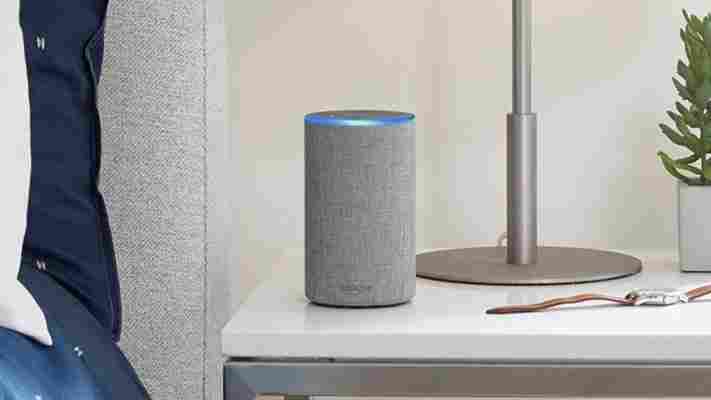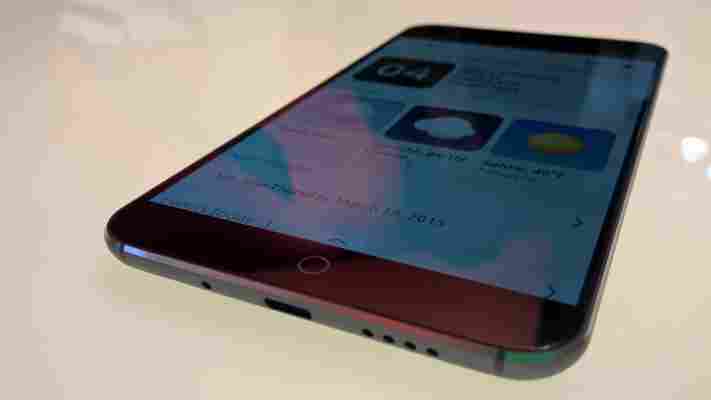Amazon has updated Alexa with a clever feature that makes it a whole lot more useful around the house: you can now build your own skills for the voice assistant without having to touch a line of code.

Using Alexa Blueprints , you can now set up custom skills and responses to do things like leave instructions for your babysitter or an Airbnb guest, put together a family trivia game for your relatives who are in town, test your exam preparation with flash cards, and even create interactive fairy tales.
There are already some 20+ templates to help you get started, and you can alternatively choose to create your own skill from scratch. You’ll basically need to type out questions that users might ask, as well as the answers that you’d like Alexa to respond with. Here’s what a skill editing page looks like:
That’s a neat addition to Alexa’s capabilities, as it opens up the possibilities for how families can use their Echo speakers for everything from putting the kids to bed, to making their homes easier to navigate for guests.
This feature is currently only available in the US; custom skills that you’ve created can be retrieved and edited on the Blueprints site . Hopefully it’ll roll out to more countries soon.
The Next Web’s 2018 conference is just a few weeks away, and it’ll be
LG’s intriguing modular G5 smartphone really needs to be released this month
Mobile World Congress 2016 might be a fast-fading memory, but one of the more unusual launches at the show was LG’s modular G5 smartphone.

However, the Korean company didn’t say exactly when it would be released. Now, however, it reportedly has – and it’ll be on shelves before the end of the month, or it needs to be.
According to the Korea Herald, the global rollout will start March 31 , while pre-orders in the US are due to start from tomorrow, so there’s still time to put an order in ahead of launch day if the swappable nature of the device appeals .
The report also says that people who pre-order the G5 will be getting free promo gifts too, like an extra battery pack (which would make sense, given the design) but we’re still awaiting confirmation from LG of both the release date and deals available.
If it hits delays and doesn’t make it to retailers as soon as possible, any new potential smartphone purchasers are pretty likely to head straight for the Samsung Galaxy S7 or S7 Edge , given the reviews it’s received so far. Sooner is better than later, LG.
Still, if you want a modular smartphone from a big-name brand, there’s no other game in town, so you’ll just have to wait until LG is good and ready.
➤ LG to begin selling G5 on Mar.31 [Korea Herald]
Shuttleworth says Ubuntu’s future is more exciting than space travel
What now feels like a very long time ago was actually only a handful of years. Back in 2010, Canonical knew exactly what its future would hold and had a plan on how to get there. It wanted to build one OS for all devices: phones, TVs, tablets, the desktop, servers and beyond. It wanted the device to be irrelevant and the OS to be agnostic.

Unfortunately, while the company knew exactly what it was doing, its loyal Ubuntu desktop user base didn’t.
The desktop and server versions were the only thing that existed back then, and Canonical wasn’t ready to share its full vision of the future, which meant that when it first launched its Unity UI back with Ubuntu 10.10, users really, really hated it. This wasn’t all that surprising to Canonical’s founder Mark Shuttleworth, but he did tell us this week that he’d do things a little differently if he had the chance.
Nearly five years down the line, the controversy of the shift in 2010 is largely academic – most users are now on Unity and there are already smartphones on the market running Ubuntu. In a couple of months, there will be something approaching a flagship level device – the MX4 Ubuntu Edition – on sale.
There are also images of the tablet OS set to flash for certain devices too, though there is more work to be done there, with final tweaks and optimizations still being made. The impressive thing is that it’s basically all the same code, it just adapts to whichever device it’s being used on.
For example, if you’re using a tablet and plug in a keyboard or mouse, it recognizes that and changes the way some information is displayed. Pull down the notification bar with your finger and you’ll get a slightly different display than if you click it with your mouse. The interactions are pretty smart, if you’re willing to learn another new OS.
However, despite knowing it has huge developer support and offers a slick multi-platform experience, I can’t help but wonder if it’ll ever breakthrough into mainstream consciousness beyond the tech world. Shuttleworth doesn’t share that concern, and says that isn’t really the aim anyway.
What Canonical wants is to be the big fish in a small pond right now. Most people buy a Windows PC if they need a computer and an Android or iOS phone if they want a new handset. Shuttleworth thinks what Canonical is offering right now is the best convergence option available anywhere.
In the multiple times I’ve met with Shuttleworth, he’s never failed to be upbeat about the possibilities for Ubuntu. There are also yet more new plans afoot that he wasn’t ready to share. But then that’s hardly surprising from the man that thinks what’s going on with Ubuntu right now is more exciting than returning to space.
Read next: Ubuntu smartphones, wearables and going into space: Mark Shuttleworth talks to TNW
